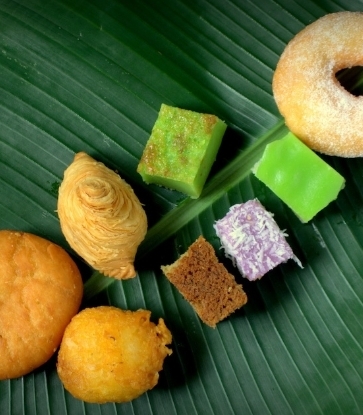Secondary cuts, or butcher’s cuts or chef’s cuts, are used to describe less common cuts of meat broken down from larger cuts. At Stellar at 1-Altitude, chef Christopher Millar is not just bringing in these new cuts of beef to his restaurant, he is rearing his own cattle on a farm in Australia, giving a whole new take on the paddock-to-plate concept in land-scarce Singapore.

These cows are a cross-breed of Japanese wagyu and Angus, and the result is beef that is both beautifully marbled, yet possessing meatiness and bite.
“I like Japanese wagyu but it can sometimes get very ‘jelak’,” says chef Millar, adopting the local colloquialism for ‘cloying’. “This still has the angus beefiness to it, which, as an Australian, I love.”

Moreover, a lot of butcher’s cuts are the ones surrounding the bone, and they contain a tough silvery sinew that does not tenderize during cooking. “A lot of people, even chefs, have a hard time locating the silver skin and knowing how to remove it. Once you deal with it though, these cuts can actually be a lot more flavourful than primary cuts like tenderloin. Which I really don’t like,” he says emphatically.



















